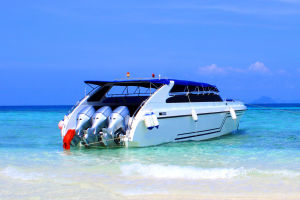Seagulls are migratory birds that migrate between regions with the seasons, breeding in temperate regions with higher latitudes in summer and overwintering in tropical regions with lower latitudes in winter. Where have you seen it?
Seagulls are the most common seabirds. Seagulls float on the water, swim, forage, fly low, and like to congregate in seas where food is abundant.
Morphological characteristics.
The body is stout, with webbed feet. Seagulls are mostly grey or white with various spots on their heads. During the breeding season, the head is pure white, or completely black, grey or brown.
In winter, streaks or fuzzy spots appear on the head. The beak is firm and slightly hooked. The color of the beak and legs and the shape of the wings are the basis for the classification.
Living habits.
Food.
Seagulls feed on coastal insects, mollusks, crustaceans, and worms and larvae in cultivated fields, and they also prey on small fish on the shore.
In addition to eating fish, shrimp, crab and shellfish, gulls also like to eat leftovers abandoned by people on ships, so they are nicknamed "harbour cleaners".
Habitat.
Mainly inhabits arctic tundra, forest tundra, deserts, grasslands, rivers, lakes, ponds and swamps.
Seagulls are also "forecasters" of maritime safety.
Ships often hit rocks or run aground due to unfamiliar water environment, or shipwrecks occur due to sudden changes in weather.
Experienced seafarers know that gulls often land near shoals, rocks or reefs, flying in groups and making noises that are undoubtedly a signal for navigators to avoid hitting the reef.
When the voyage is lost or the fog is full, observing the flight direction of the seagulls can also be used as a basis for finding a port.
In addition, if the seagulls fly near the sea, the weather will be sunny in the future; if they stay by the sea, the weather will gradually deteriorate.
If the gulls leave the water, soar high and flock to the sea from the other side, or if swarms of gulls gather on the sand or in crevices in the rocks, it means a storm is coming.
Why has the number of seagulls increased dramatically?
The first is to change your eating habits. Seagulls now not only eat fish, shrimp and some mollusks, but even carrion and garbage.
The second is changing the environment. Foraging over long distances, bullying the weak, and forcibly occupying the territory of other seabirds.
How much do you know about seagulls?


